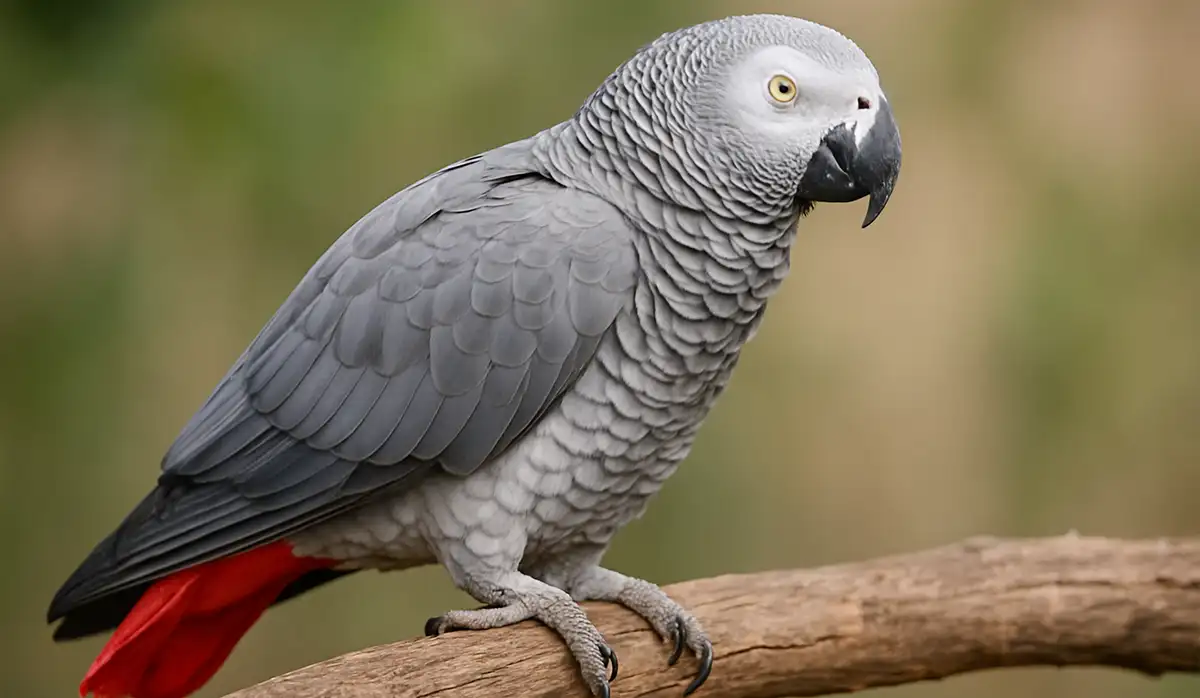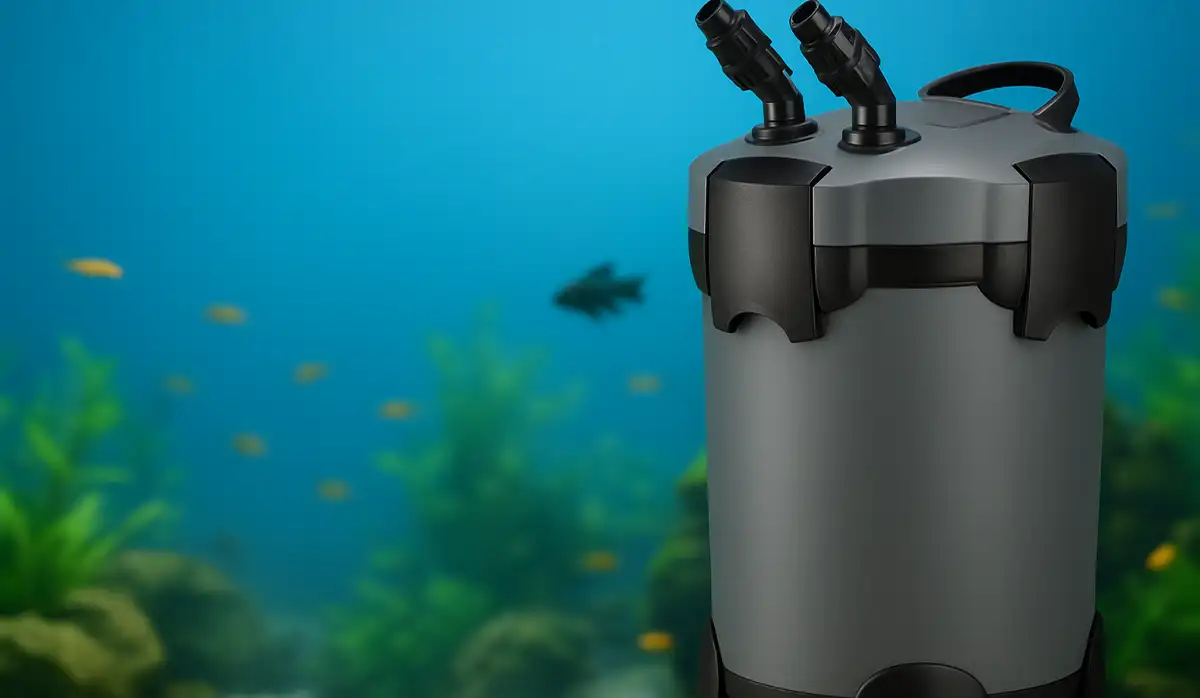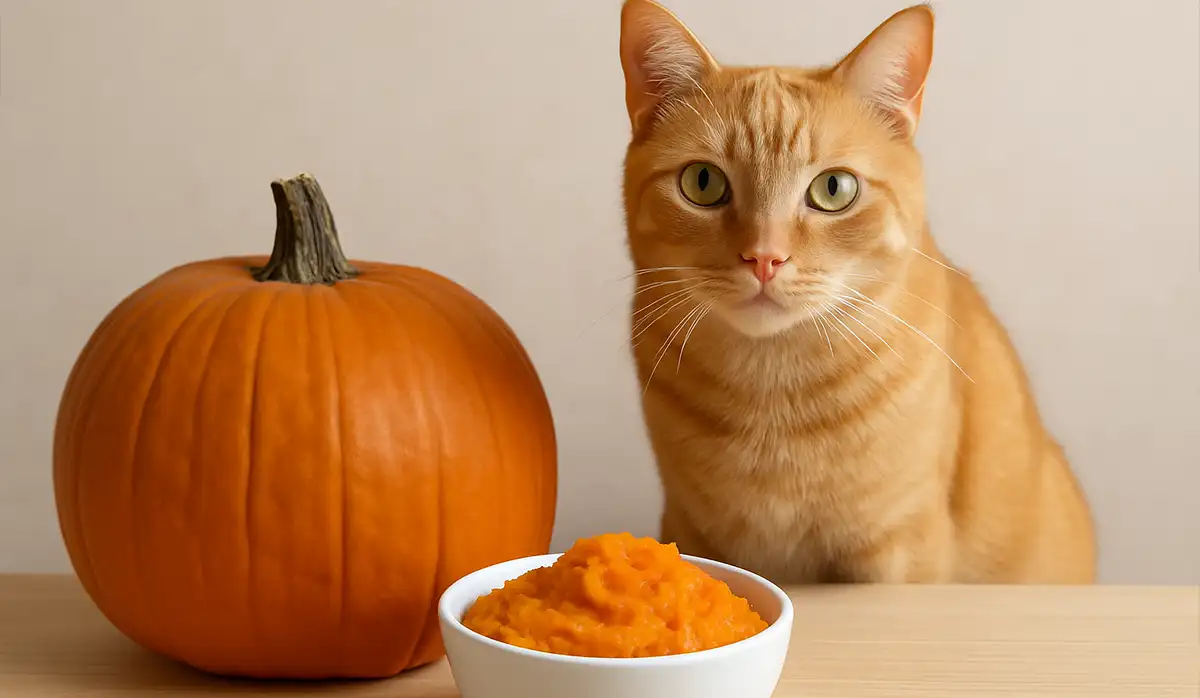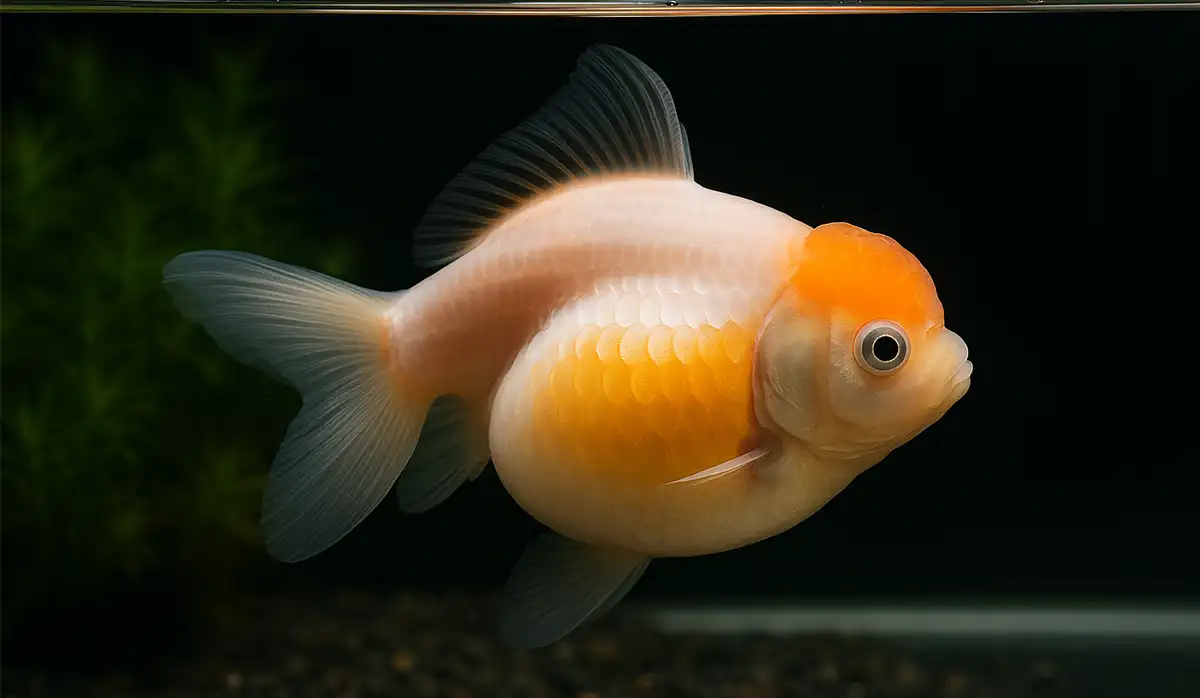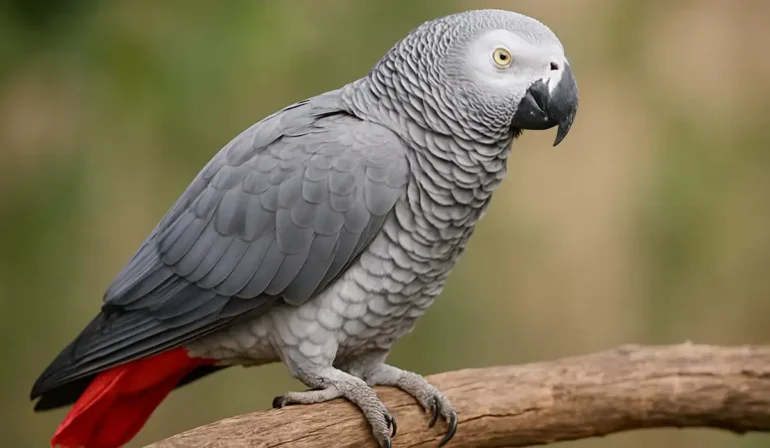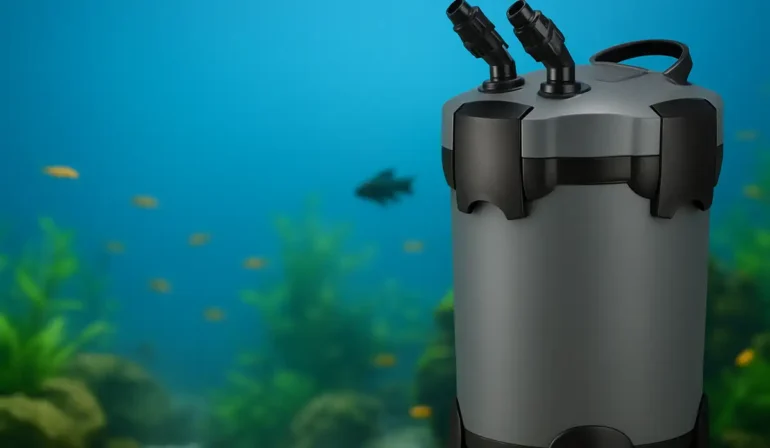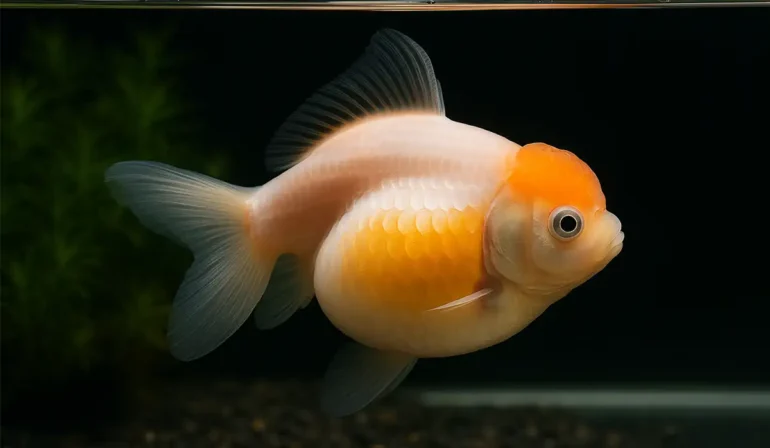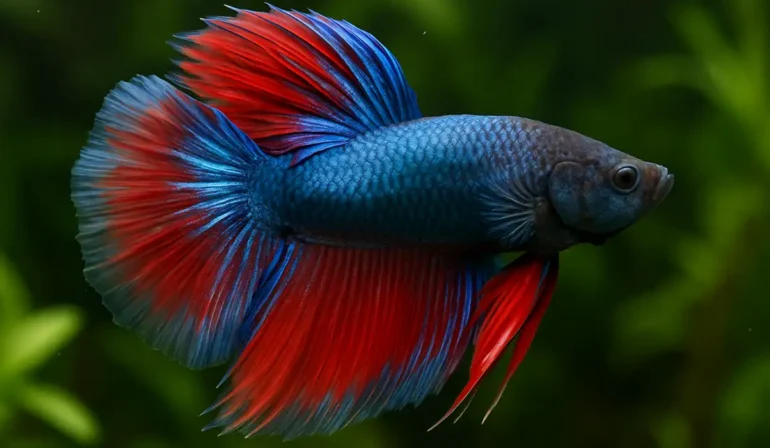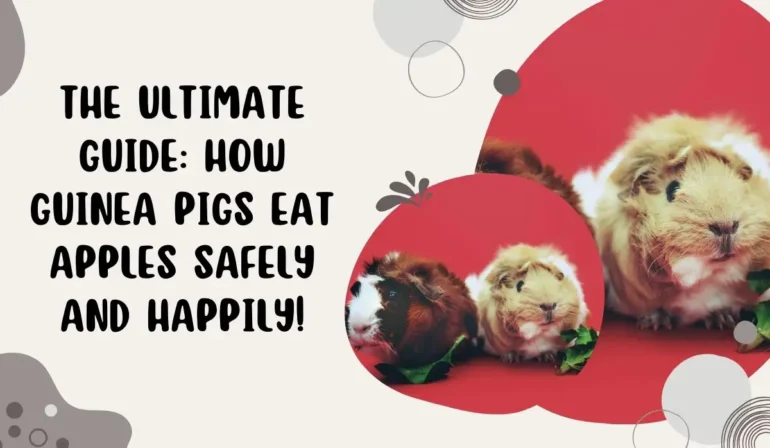Cat Eye Boogers: Causes, Treatment & Prevention
By Pet Luvz on March 14, 2025

Table of Contents
Understanding Cat Eye Boogers
What Are Cat Eye Boogers?
If you’re a cat owner, you’ve probably noticed gunky buildup around your cat’s eyes. These are commonly known as cat eye boogers, a mix of dried tears, mucus, dust, and debris. While some eye discharge is normal, excessive buildup could signal an underlying issue.
Why Do Cats Get Eye Boogers?
Like humans, cats produce tears to keep their eyes moist and free of irritants. However, when tears mix with dust and dry up, they form boogers. Factors such as allergies, infections, or even breed-specific traits can contribute to excessive eye discharge.
For more insights on feline eye health, visit PetMD.
For additional cat care tips, check out PetLuvz.
Common Causes of Cat Eye Boogers
Natural Tear Production and Eye Discharge
Some cats naturally produce more tears than others. Breeds with short noses, like Persians and Himalayans, often struggle with tear drainage, leading to frequent boogers.
Allergies and Environmental Factors
Dust, pollen, smoke, and other allergens can irritate your cat’s eyes, causing excessive tearing and booger formation. If your cat has watery eyes after exposure to specific environments, allergies could be the culprit.
Eye Infections and Conjunctivitis
Bacterial or viral infections can lead to red, swollen eyes with thick discharge. Conjunctivitis, also known as pink eye, is a common infection that can make your cat’s eyes look gooey and irritated.
Respiratory Infections in Cats
Feline herpesvirus (FHV-1) and other upper respiratory infections can cause runny eyes, sneezing, and nasal discharge. These conditions often lead to persistent eye boogers.
Blocked Tear Ducts
Sometimes, a cat’s tear ducts become clogged, preventing proper drainage. This leads to tear overflow and dried discharge around the eyes.
Breed-Specific Issues (Persians, Himalayans, etc.)
Flat-faced breeds have shallow eye sockets and short tear ducts, making them prone to chronic eye discharge. Regular cleaning is essential for these breeds.
How to Prevent and Manage Cat Eye Boogers
Regular Cleaning and Grooming
Gently wipe your cat’s eyes with a soft, damp cloth or pet-safe eye wipes to remove buildup. Avoid using harsh chemicals or rough materials.
Providing a Clean Environment
Reducing dust, smoke, and allergens in your home can help prevent eye irritation and excessive tearing.
Healthy Diet and Hydration
A nutritious diet rich in omega-3 fatty acids and vitamins can support eye health.
Checking for Allergies
If your cat frequently develops eye boogers, consider potential allergens in their environment. Switching to hypoallergenic litter or adjusting their diet may help.
Using Pet-Safe Eye Drops
Over-the-counter pet-safe eye drops can help keep your cat’s eyes moist and flush out irritants.
Routine Veterinary Checkups
Regular vet visits can catch potential eye problems early, preventing serious complications.
When to See a Vet
If your cat’s eye discharge is thick, yellow, green, or foul-smelling, or if they have swelling, redness, or trouble keeping their eyes open, consult a veterinarian immediately.
Treatment Options for Cat Eye Boogers
Home Remedies and Safe Cleaning Methods
- Use a warm damp cloth to wipe away boogers gently.
- Saline solution can help clean minor eye irritations.
- Trim fur around the eyes if it contributes to tear buildup.
Vet-Prescribed Medications
- Antibiotic or antiviral eye drops for infections
- Antihistamines or steroids for allergies
- Lubricating drops for dry eye conditions
Surgery for Chronic Issues
In severe cases, surgery may be necessary to correct blocked tear ducts or eyelid abnormalities.
Conclusion
While cat eye boogers are often harmless, excessive or unusual discharge can signal a health problem. Regular cleaning, a clean environment, and a healthy diet can help prevent issues. Always monitor your cat’s eye health and consult a vet if you notice persistent or severe symptoms. Taking proactive steps in your cat’s eye care routine ensures their long-term health and happiness.
FAQs
What color should my cat’s eye discharge be?
Clear or light brown discharge is usually normal. Yellow, green, or thick white discharge could indicate infection.
How do I safely clean my cat’s eye boogers?
Use a soft, damp cloth or pet-safe wipes. Avoid using human products or excessive pressure.
When should I be worried about my cat’s eye boogers?
If the discharge is excessive, colored, or accompanied by redness, swelling, or eye discomfort, visit a vet.
Can diet affect my cat’s eye health?
Yes! A balanced diet with omega-3s, vitamins A and C, and plenty of hydration can improve eye health.
YOU MAY ALSO LIKE
Top Pick
-

African Grey Parrot: A Smart, Loving, and Talkative Companion
July 22, 2025
-

5 Best Canister Filters for Crystal Clear Water in Your Pet Fish Tank
July 8, 2025
-

Is Pumpkin Good for Cats? Everything You Need to Know
July 5, 2025
-

Swim Bladder Treatment: Solutions for Aquarium Fish Health
July 3, 2025
-

7 Fascinating Betta Fish Facts Every Owner Should Know
July 2, 2025
